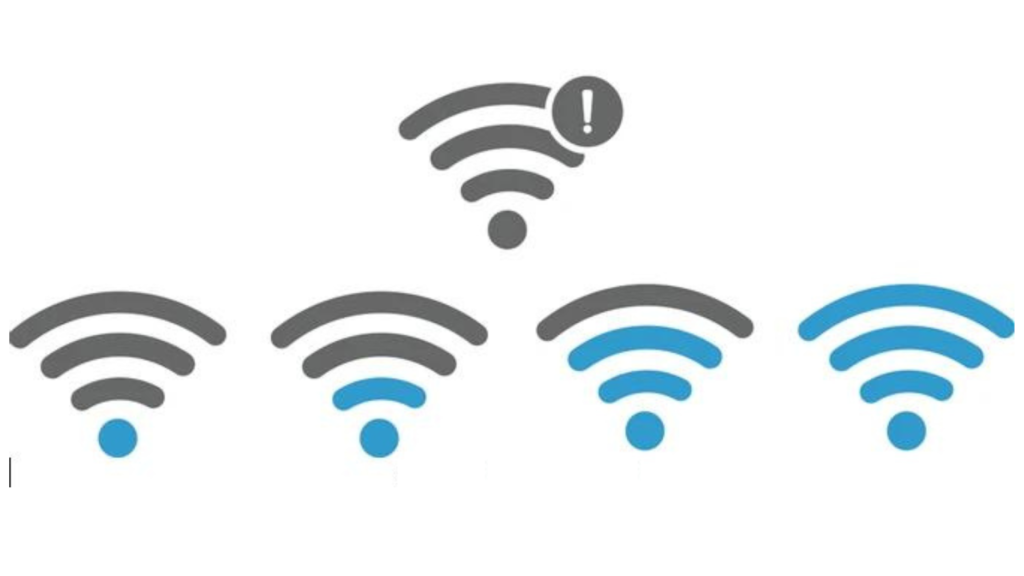In today’s digital age, where credit card debt is a common financial burden, managing your finances while safeguarding your sensitive information from cyber threats is essential.
The average credit card debt per household in the United States hovers around $6,000, making it crucial to understand how to protect yourself from financial fraud.
Understanding the Digital Landscape
The Growing Prevalence of Credit Card Debt
Before we delve into cybersecurity tips, let’s recognize the reality of credit card debt in the modern household. It’s a widespread financial challenge, and while credit cards offer convenience and flexibility, they also expose you to potential cyber risks.
Here’s how you can protect yourself effectively:
Secure Your Financial Accounts
Strong Passwords Are Key
Your first line of defense against cyberattacks is a strong password. Create unique and complex passwords that are hard for others to guess. Incorporate a combination of uppercase and lowercase letters, numbers, and special characters.
Avoid easily accessible personal information like birthdays or names.
Enable Multi-Factor Authentication (MFA)
To add an extra layer of security to your accounts, enable Multi-Factor Authentication (MFA) wherever possible. MFA requires you to provide two or more forms of authentication before granting access.
This could involve something you know (password), something you have (a mobile device), or something you are (fingerprint or facial recognition).
Also See: Choosing a Credit Card: Prioritizing Security and Fraud Protection
Be Wary of Phishing Attempts
Recognize Phishing Emails
Phishing emails are a common method cybercriminals use to steal your financial data. They often appear legitimate and may contain links or attachments that lead to fake websites. Be cautious when opening emails from unknown senders or those that request sensitive information. Verify the sender’s email address and avoid clicking on suspicious links.
Verify Requests for Information
Remember that legitimate financial institutions will never ask you to provide sensitive information like your credit card number or Social Security number via email or phone. Recognizing that the path to financial well-being begins with choosing the best national banks, coupled with a proactive stance against potential threats, is crucial. Your peace of mind is not just a byproduct but an essential companion to your financial growth.
If you receive such requests, always contact your bank directly using their official contact information to verify the request’s legitimacy.
Monitor Your Accounts Regularly
Keep an Eye on Your Statements
Frequently reviewing your credit card statements is crucial. Look for any unauthorized or suspicious transactions and report them to your bank immediately.
The sooner you spot and report fraudulent activity, the quicker your bank can take action to protect your account.
Use Secure Wi-Fi Networks

Avoid Public Wi-Fi for Financial Transactions
Public Wi-Fi networks are convenient but often insecure. Avoid conducting financial transactions, such as checking your credit card balance or making payments, when connected to public Wi-Fi.
If you must access sensitive information while on the go, use a virtual private network (VPN) to encrypt your connection.
The Emergence of Wi-Fi 7
In the realm of internet connectivity, Wi-Fi 7 is on the horizon. It promises faster speeds, improved security, and reduced latency. When it becomes widely available, consider upgrading your home network to Wi-Fi 7 for enhanced cybersecurity.
Wi-Fi 7 is designed to provide a more secure and reliable connection, reducing the risk of cyberattacks on your home network.
Regularly Update Your Devices and Software
Keep Everything Up to Date
Cybersecurity threats evolve constantly, and hackers often exploit software vulnerabilities. To stay protected, ensure that your operating system, browsers, and security software are up to date.
Regular updates often include security patches that address known vulnerabilities.
Educate Yourself and Your Family
Teach Online Safety Practices
Cybersecurity is a shared responsibility within your household. Educate your family members, especially children, about online safety practices.
Make them aware of the risks associated with sharing personal information online and the importance of strong, unique passwords.
Invest in Identity Theft Protection
Consider Identity Theft Services
Identity theft protection services can provide an added layer of security. These services monitor your credit reports and alert you to any suspicious activity. While they come at a cost, they can be a worthwhile investment in safeguarding your financial information.
Secure Your Financial Future
In a world where credit card debt is prevalent, protecting your financial information is paramount. By following these cybersecurity tips, you can navigate the challenges of average credit card debt with confidence.
Remember that vigilance and proactive measures are your best defense against cyber threats. Stay informed, stay secure, and safeguard your household’s financial future with the added promise of Wi-Fi 7 to enhance your digital security.
FAQs
1. What are effective ways to manage your credit card debt?
Pay more than the minimum, prioritize high-interest cards, and budget wisely.
2. What is the best advice for clearing credit card debt?
Create a repayment plan, reduce expenses, and avoid new debt.
3. What is the average credit card debt?
Around $5,000 to $6,000 per person in the U.S., but varies widely.
4. What is the best way to avoid going into large debt on your credit card? p
Spend within means, pay full balances, and monitor expenses closely.
5. How can I stay away from credit card debt?
Use credit cards responsibly, pay balances in full, and adhere to a budget.
6. What are some solutions to credit card debt?
Consider debt consolidation, credit counseling, and strict budgeting.
7. What is the average household credit card debt in 2023?
As of 2023, the average household credit card debt may vary, but it’s important to check current financial reports for the most accurate figures.
8. Where can I find credit card debt statistics?
Credit card debt statistics can be found on financial news websites, government databases, and reports from financial institutions.
9. What is the average credit card debt per month?
This varies widely based on individual spending habits and income, but averages can be found in financial reports and studies.
10. Can you provide some internet safety tips?
Use strong, unique passwords, be cautious with emails and links, regularly update software, and avoid sharing personal information on unsecured websites.
11. What is the average credit card debt by age?
Average debt often increases with age, peaking for middle-aged consumers, then typically decreases for older age groups.
12. What is the average credit card debt for a single person?
This varies based on lifestyle and income, but single individuals often have less debt compared to larger households.
13. What is the total U.S. credit card debt?
The total U.S. credit card debt is constantly changing; refer to the latest financial reports for current figures.






0 Comments